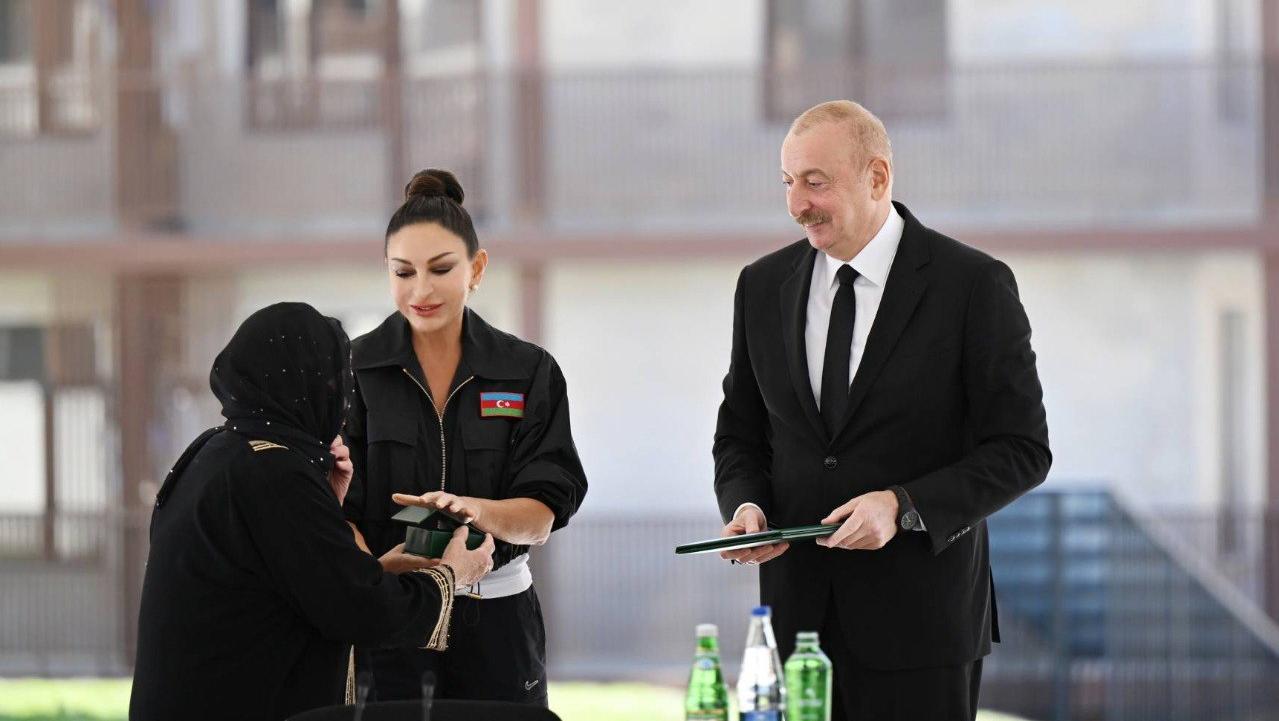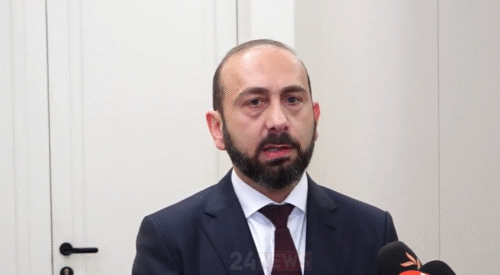
Conflicting figures: Azerbaijan fails Nagorno-Karabakh’s ‘Great Return’ plan, says Eurasianet
There’s something funny about the numbers involved in Azerbaijan’s “Great Return”, Eurasianet writes.
An item published May 15 by the government-connected outlet examines the repatriation process of Azerbaijani internally displaced persons (IDPs) to territories reconquered by Baku during the Second Karabakh War.
The article states that as of the start of May, “the population of Nagorno-Karabakh and the East Zangezur region,” territories long occupied by Armenian forces, stood at almost 43,000. The vast majority, over 28,000, were classified as temporary residents involved in reconstructing infrastructure and building new housing stock to accommodate tens of thousands of expected returnees. There are also 1,150 students at educational institutions in the region.
The report adds that 13,745 individuals who could be counted as IDPs “have returned” to the regions. That total marks a sharp jump in the “repatriation” pace from late 2024, when officials pegged the “returnee” number at about 8,000.
“A decree issued by Azerbaijani President Ilham Aliyev and adopted in late 2021 established reconstruction plans for the Karabakh and East Zangezur ‘economic zones’ that included a repatriation program, dubbed the ‘Great Return.’ The first phase of the repatriation plan set of goal of accommodating 140,000 IDPs by the end of 2026,” Eurasianet writes, adding that given the numbers reported by the Azerbaijani outlet, the government is going to be challenged to meet that target.
As noted, Azerbaijan’s repatriation figures don’t align with figures published by the Internal Displacement Monitoring Center (IDMC) and the Norwegian Refugee Council on overall IDP numbers. Data published by the center indicates that Azerbaijan’s overall number of IDPs has actually risen slightly over the past four years.
“The center’s latest report on global internal displacement fixes the number of Azerbaijani IDPs at 658,000 in 2024, most of whom were forced to leave their homes during the decades-long struggle over Karabakh. That total is marginally higher than the 655,000 IDPs recorded in Azerbaijan in the center’s report on 2021 IDP totals,” the website writes.
In a 2019 fact sheet on Azerbaijan, IDMC put the overall number of IDPs in the country at 651,458, divided roughly evenly into two categories – those with “outstanding” housing needs and those “reported by the government as having been relocated to temporary housing.”
The website notes that after September 2023, Azerbaijani forces pressured Armenian residents to leave in what some watchdog groups have characterized as ethnic cleansing. Roughly 100,000 Armenians became refugees, most of them going to Armenia proper.
An International Court of Justice ruling issued in late 2023 called on Azerbaijan to “refrain from taking any actions directly or indirectly aimed at or having the effect of … preventing the safe and expeditious return to their homes of [Armenians] displaced” following the end of the Second Karabakh War. So far, no Armenian refugees have been documented as returning to Karabakh, and many now residing in Armenia are skeptical that they will ever return to their homeland.


